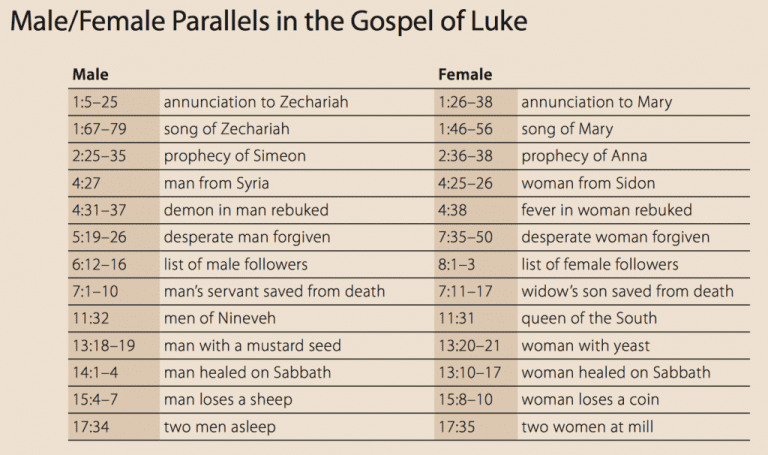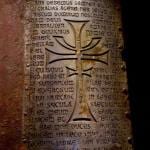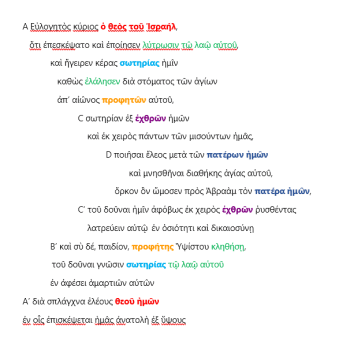I’ve been meaning to blog about this topic since Paul Davidson wrote his post back in 2016 asking whether Luke’s Gospel reflects an encratite perspective, i.e. one that views sexuality of any sort, even within marriage, as negative and to be given up. Read his post and see what you think of his arguments based on Lukan redaction and wording:
Luke’s Surprising and Oft-Ignored Views on Marriage and Resurrection
I’m not sure whether or not he’s right about this. But recently I was struck all of a sudden by a parallel between Luke and the Book of Revelation that hadn’t occurred to me before, which may be relevant to this. Luke has Jesus send out 12 and then 72 disciples, and it has been suggested that these would have been male-female pairs, and so probably therefore 24 and 144 respectively. Those numbers appear in the Book of Revelation, with 24 elders and 144,000 virgins. For John the author of Revelation, however, these are all males. I thus find myself wondering whether Revelation represents, on the one hand, a view of virginity as a calling for some rather than all, and on the other hand, a redefinition of leadership as a male-only role when Luke may have had the encratite view that women as well as men could be leaders. What do you think? Are these numbers not just multiples of twelve, and thus all related in that way, but also related to one another because Luke’s assumption in sending out 12 and 72 is that each of those represented not an individual but a pair, a man and a woman?
Let me share some other things related to women in the Gospels. Amy-Jill Levine, in an audiobook about Mary Magdalene that I listened to recently (available as a lecture online from the Chautauqua Institution) suggests that the making of the female male that is referred to in the Gospel of Thomas is a reference to radical asceticism, because that practice results in women ceasing to menstruate, shriveling of breasts, and growth of facial hair. There’s also the interesting element of male-female parallels in Luke, to which Ian Paul recently made reference in a blog post, including this useful chart from Mark Allan Powell:

Related to that see also Sara Parks’ new book Gender in the Rhetoric of Jesus: Women in Q. There is a video interview about it here:
Also related to the Gospel of Luke:














